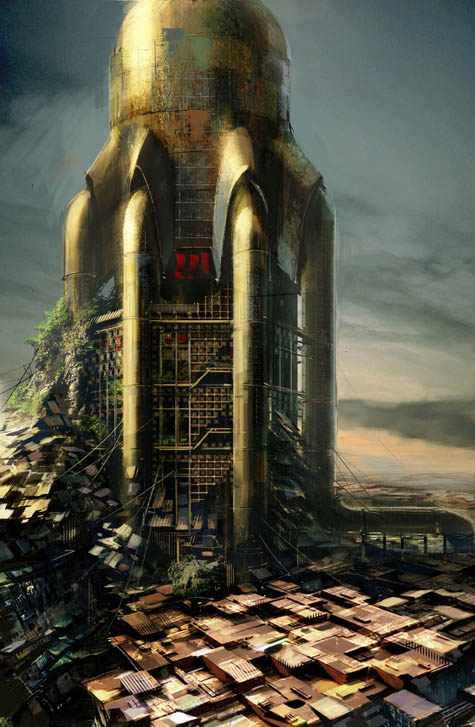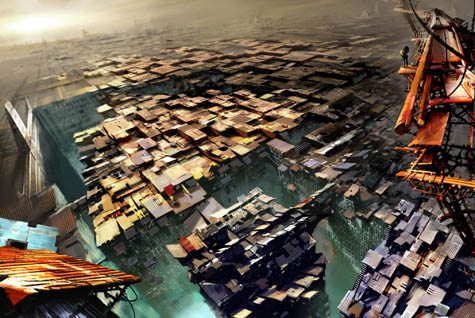Hello Bill!
First of all, we would like to thank you for taking the time to talk to Adventure Advocate about the most anticipated adventure game of the last years.
Here are our questions:
Could you tell us a few things about Autumn Moon Entertainment? Like: how and when it was founded?
Well I founded Autumn Moon myself, even though I wanted to found it with other Lucas Arts and former Lucas Arts artists and programmers. But for some reason or another people couldn’t do it either because they already had good jobs, didn’t want to take a risk, or didn’t want to make adventure games anymore. I don’t blame them. Starting up a company is risky, especially if you have a house to pay for and have children, like I do. But I did it anyway because it is makes the most sense to me to do it.
So I quit my good job at Stromfront Studios as Art Director on EA’s The Two Towers, cashed out my 401k retirement money I’d been saving for ten years and started on the A Vampyre Story 2d prototype. The images of Mona in 2d are from that prototype.
Some people said to me “What are you doing? Are you crazy? You are risking your home and security! Go get a safe, REAL job.” I appreciate their advice, but they just don’t understand. I HAVE to do this! Why? Because it just seems like the natural next step in my life. I love illustration. I love animation. I love computer games, and I love story telling. Well, adventure games combine all the things I love into one!
So naturally this is what I want to do for the rest of my life. It only took me 38 years to figure it out.
The timing seems to be right too. Lucas Arts has abruptly decided to do Star Wars and action games only for console and pc. Though I think a new Monkey Island game would do well especially with the Monkey island Movie coming out (Ron Gilbert is right. The Pirates of the Caribbean movie is really a Monkey Island movie).
So the type of game Lucas used to make only two companies, in the USA anyway, are doing it. Tell Tale and Autumn Moon. It is interesting to note that even though we are both doing adventure games, they have followed the path of getting existing licenses such as CSI, Sam N Max and Bone. Where as Autumn Moon is going the route of making original stories and licenses, though I’m sure Tell Tale will get around to doing an original game, and we would love to do games based on certain licenses. Lucas Arts did both back in the day, but now two spin offs are filling the gap.
How many people make up the team? Are there any other former Lucas Arts employees?
Depends on when you ask me. Right now there are only three, me and Dave Harris. We are writing and designing the game. But next week we will have Bill Eaken and Aaron St John on, and then Craig Rundles in a few weeks after that. When in full production this fall, we will have ten probably. But to keep costs down, we roll people on off when they are needed, and bring them on if when the schedule requires it.
So here is the list of Ex Lucas Arts People who have worked on my game so far:
Kyle Balda
Anson Jew
Bill Eaken
Gary Brubaker
Paul Mica
Maria Bowen
Mike Levine
Craig Rundles
Yuan Wang
Tony Burquez
Dave Harris
Ed Chin
Amy Tiller
A few other Ex Lucas people have helped a ton too. A lot of other non Lucas arts people have worked on the game too such as Brooks White, Jeremy Koerner, Aaron St John, Zach Quarles, Charles Beirnaert, Alan Hause, and a few other secret employees. And I am sure I m forgetting somebody, so I apologize to them.
How and when did you come up with the idea of “A Vampyre Story” ?
I love Halloween and scary movies, anything to do with macbre and ‘goth’ stuff like that. One of my favourite artists is Edward Gorey ( http://www.goreyography.com/west/west.htm ). Now if you don’t know who is run out and buy Amphagorey ad Amphagorey II, or The Gashlycrumb Tinies. He does these great black and white ink drawings of Victorian aristocrats in macabre and funny situations. He is the main inspiration, along with Dr.Suess for Tim Burton.


So back in 1995 I was on my honey moon, sailing on a cruise ship in the Caribbean. It was about a month before I was to start on Curse of Monkey Island. And I was on deck with my sketch book and started sketching some Edward Gorey like drawings. I love vampires so I decided to draw an Edward Gorey like vampire woman, and I named her Mona de Laffite, after the loading dock in the ride Pirates of the Caribbean ride at Disneyland.

I gave her a bat companion, whom I named Froderick, after what Igor in the movie Young Frankenstein called Fredric Frankenstein when they first met.

She and Froderick staid in my sketch book for four years while I worked on Curse of Monkey Island and Indiana Jones and the Infernal Machine, and the ill fated Full Throttle II: Payback (not Sean Calrk’s Hell on Wheels). Then I tried it o pitch it to Lucas Arts, but politics kept me from pitching it to officially, and in a way that was a smart move because anything I pitched to Lucas Arts they would have owned. I did show it to Hal Barwood, Jonathan Ackley and Larry Ahern AFTER they quit, and they all loved it, especially Hal. So that was encouraging.
I left Lucas because I could see that after Full Throttle II: Payback was shelved that Lucas was not going to do well. So I hopped around a bit and couldn’t find what I was looking for. So one night I decided to make what I was looking for, a company that was going to produce adventure games the Lucas Arts way- thus Autumn Moon.
Originally we were planning on making the game in black and white, using the Edward Gorey pen and ink style. But we abandoned it when it became clear the color version looked better. I still want to do short flash pen and ink looking mini adventure game, maybe some day.

Could you tell us a bit about the game’s story, characters and interface?
What would happen if you were turned into vampire, but you really wanted to do something completely different? A Vampre Story’s story is really a lesson in perseverance and making due with what life has given you. It is like the old adage “if life gives you lemons, you make lemonade.” So we have a young opera student, the best in her class, becoming the object of obsession for a psychopathic, and slightly pathetic, vampire. He turns her life upside down, first, be kidnapping her and taking her from Paris to fictional Balkan country of Draxsylvania, and second by killing her, and thus, making her a member of the undead, magically enslaved to her vampire master. And on top of that she knows virtually nothing about being a vampire, nor does she really want to. She would rather be singing at the Paris Opera, not turning into bat, sleeping in a coffin all day and sucking on people’s necks at night.
Are there any action sequences in the game?
Yes, right now we plan of at least three. But we aren’t done with our production plan yet, some may get cut. But they won’t be too difficult and will let players who don’t like action in heir adventure games to skip past them
And also how do you feel that some people believe that putting so much action elements in adventure games really helps and renews the genre?
No, I don’t believe that. What will renew the adventure game genre are better adventure games. They need to have better stories, non-frustrating but challenging puzzles, be funny, and have great art direction. THAT will renew the genre.
And I also think the games need to be in story genres that are popular. Take Grim Fandango for example. It is a great, great game, but in a story genre that a lot of main stream gamers didn’t find appealing. That being said, Grim still sold a heck of a lot of copies, it just wasn’t the mega hit many at Lucas at the time thought it should have been.
I think vampires are in a popular genre so I think the game will appeal to many more main stream buyers than some for the more obscure story ideas. At least I hope!
Could you describe to us the kind of puzzles we will encounter in the game?
No, not with out giving it away. But logically they are going to be very similar to Lucas arts puzzles, because those are the kind of games I worked on, and the kind of games people expect us to make. The only new twist on the puzzles is that Mona has vampire powers and restrictions, so some unusually solutions to problems will arise out of this new twist.
How far into the game are you? When should we expect it to be released?
We are 80% done with the game design, 5% done with the background art, 10% done with music, and 35% done with the engine programming, 50% done with the FMV scripts, 30% done with the character designs, 15% done with the storyboarding, 5% done with the animation and 3d character modelling, 1% done with the prop models, and 0% done with the game scripting. As you can see not very far, but we just started on full production in the last two weeks.
Why’d it take so long to start? Blame California and the fact we are not a technology company like Tell Tale. First California is expensive so we need twice as much money to do the same length game as many developers in less expensive parts of the world. We are in California because that is where Lucas Arts was, and thus we all live there.
We can’t get major capital investor’s because we are not making game engine to sell, nor are we publishing any games. So investors don’t want to invest in an unproven new story ideas, nor in a hit based business strategy - too risky. They’d rather invest in companies that make technology they can sell, or in companies that have optioned established licences such as Bone, Sam and Max or CSI. Since we aren’t creating a brand new engine and are creating a risky new story idea, the millionaires with money don’t want to invest.
But luckily for us there are a lot of smart German publishers who are pretty convinced this game will sell really well in their own country and in Europe as a whole. I thank them whole heartedly and agree 100%!
Have you found a publisher? If not, are negotiations coming to a conclusion?
Yes, we have, but details and announcements about this will be coming out soon. For now I can’t say anything beyond that.
“A Vampyre Story” (really, why write it with a ‘y’) has been under production for quite some time now and several release dates have been announced from time to time, which unfortunately were never to be the actual release date of the game. Why is that?
Money. No money no game. Now we have money so there should be a game. People want to know when we will finish the game so I give them my best guess. So I have decided to stop. But I can tell you we will not be working on this first game past the end of 2007. When the game will actually be released is up to the business guys at the publishers and what they think the best strategy is for a releases date. They have coordinated it with the marketing and PR team. So release dates get moved around quite a bit. It is pretty typical in the game industry. Hopefully as we mature as an industry we won’t have those kinds of problems in the future.
The first vampire novel written in English was called The Vampyre and was spelled with ‘yre’ instead of the modem ‘ire.’ So we spelled it the same way in honour of the book that created the whole romantic vampire genre.
http://en.wikipedia.org/wiki/The_Vampyre
Is there any adventure game with which you would say that “A Vampyre Story” resembles? If yes, in which aspects of the game?
Sure, The Curse of Monkey Island and the Secret of Monkey Island, just in the horror genre instead of pirate genre. The art will be a lot like CMI, but I’ll be the sole art director on this time, so the character design may be a it different compare with CMI. But the puzzle structure and the types of puzzles will be very The Secret of Monkey Island like, because it is my favorite adventure game of all time.
How many playing hours - for an average adventure gamer - you expect the game to be?
We are shooting for 15 hours, at least as long as Full Throttle.
Have you really enjoyed playing any recent adventure games? If yes, have you been inspired by them in any way?
Siberia, Runaway, Tony Tough and Bone. I really loved the feel and look of Siberia and the story. And with Bone I really liked what they have done with the interface and GUI. And the animation is great. I have Dream Fall on my shelf though I haven’t played it yet, and I’m planning on getting episode 2 of Bone, because it got great reviews and looks fun. I loved the art in runaway and it inspired me to keep pursuing my game. Tony tough had some good atmosphere and wonderful character designs. But I have mostly been going back and playing old Lucas Arts games. I just went through CMI once more, and I plan to play through Sam and Max again this month.
Nowadays, adventures are not as popular as they used to be in Lucas Arts times. Nonetheless, you have decided to create an adventure game. What led you to that decision? And, what do you expect the reaction of the game community to be towards your game?
No I think they are just as popular as they ever were. The best selling adventure games, numbers wise, are selling the same as they did. There are just more game buyers now and the cost to make games is a lot higher. Syberia sold 161,000 copies in the USA, more than Grim Fandango’s 99,000 back in 1998, and Curse of Monkey Islands 106,000 in the United states alone. I don’t have European numbers but I bet they are the same if not better.
But they were less game buyers in 1997 than there is now in 2006, so adventure games percentage of the market shrank, but the total number of adventure game buyers stayed the same. The big problem is costs. The cost of living went up, cost of software, the size of the teams. and wages went up too, so companies had to invest in games that sold more units then, say, 500,000 world wide. Thus you get Halo and Grand Theft Auto, and endless amount of movie tie in games.
So this hurt adventure games too because the high priced talent went to the bigger higher paying games. That is why Tim Schaffer is making action games, why Larry Ahern is making flight sims, why Jonathan Ackley is making interactive attractions at Disney. I’m not paying high costs either. So the trick is to lure people to work on your project without using money as the sole motivating factor. They way I have done it is offer them a chance to work on fun a game. Almost all of my team members have worked on big name games, but the games are so big and so serious that they aren’t all that fun to work on.
Whereas I offer them a small, more intimate company with more chances to contribute to the projects, and I offer them a fun game to work on. Plus we are all friend so we get along great. How often do you get to work on a small game, for a small company where all your friends work there too, and it is funny game in a fun genre? That is how I get high quality talent to work on my game.
Sorry write such a long answer but this is a complicated issue, but there are same basic trends behind it. So many people just want to say adventure games are dead. They aren’t all. That is just a simplistic answer to complex issue. People make careers out of making simplistic assumptions that are always wrong.
It’s a fact that, as years pass by, games have become much easier comparing to the good old times (LucasArts). Are you going to follow this path too, as far as the game’s puzzle difficulty level?
It is so hard to gage the difficulty of puzzles. I thought for sure power plant robot puzzle Sean Clark and I designed in The Dig was easy- just program where you want it to go and the puzzle is easily solved. But no, all my friends got stuck right there. Like I said earlier we are going to have puzzles very similar to Secret of Monkey Island and Curse of Monkey Island. I’m not sure if people consider those hard games or not, but that is what we are shooting for.


How do you feel about the fact that major companies that produced some great adventure games in the past (Lucasfilm, Sierra and others) have now turned their backs at the genre?
Sad really. I was hoping Tell Tale or Bad Brain would actually get the rights to finish Sam and Max: Freelance Police. At one time Disney was in deep do do. Then they hired Michael Eisner. Everyone said that animated feature films were dead; no one would go see them anymore. Fox and the Hound was so so, The Great Mouse Detective didn’t do well because of the lack of any real marketing budget, and The Black Cauldron was just bad.
But Eisner was smart. He saw that the revival of the animated feature was at the core of revitalizing the company. He thought they would lose money, but he needed to create new intellectual property, or IP. And they’d make money off the toys, merchandise and the rides at Disneyland. But the same time Disney had an image problem. They were thought to be just for kids. So Eisner knew there was money to be made making R rated, more mature films. So he created a new company owned by Disney called Touch Stone. Under that label they put out R Rated hit after hit, such as Down and Out in Beverly Hills. Then Oliver And Company came out and did well, making good money. Roger Rabbit was a big hit. And these were feature animation, and new IP, which according to the industry experts wasn’t supposed to sell! So they put some extra money into The Little Mermaid and even marketed the movie to adults, and boom! It was mega hit! This spawned an animation renaissance that is still going today.
There is a lesson to be learned here. It isn’t the genre that is bad; it is the quality of the product in the genre. Remember when they said fantasy movies wouldn’t sell because they were all bad. Lord of the Rings proved again, it isn’t the genre, it’s the quality of the product.
There is room for the mature games and the sequels and the movie tie in games, but companies really need to invest in quality new IP and games that are not all violent, such as adventure games. Lucas could have and should put out Sam and Max: Freelance Police. Maybe because of the money they spent on it would have been a lose finically, but it would have shown Lucas Arts to be a creative place rather than a factory spewing out Star Wars and Indy sequel after sequel. By putting out Sam and Max they would have said to the industry and potential employees “We are not just about action games and Star Wars. We respect our history and are going keep it going, just like Disney did in the mid 1980’s.” Right now, if you’re a creative genius, why go work at Lucas Arts other than for the cool Presidio office and great benefits, unless you just want to make Star Wars or Indy games. If you are truly a creative person, go work at Pixar or Cartoon Network, where cool new ideas are actually appreciated.
What does the future hold for Autumn Moon Entertainment? Are there any other plans for another game on the works?
Oh yeah, for sure. I have eight other games I want to do, and new ones pop up in my head all the time. But A vampire Story first, and any sequels. Then we will get to other games. We are thinking about expanding to two teams and two projects in a year or two, but right now we are just concentrating on A Vampyre Story.
Sorry for the HUGE set of questions but we really wanted to learn a lot of things about this great game you are making!!!
No problem. Glad to do it.

source : adventureadvocate
















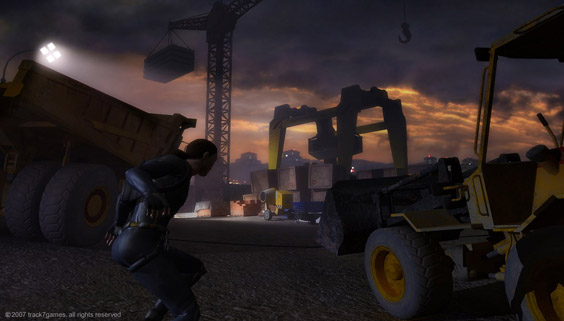

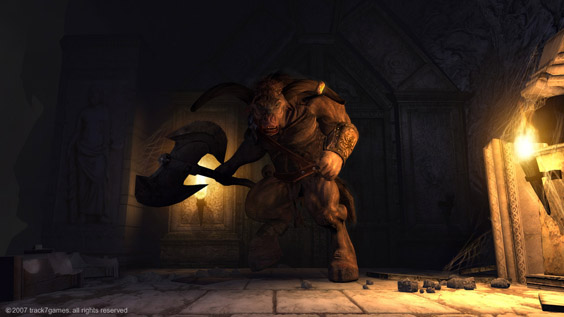




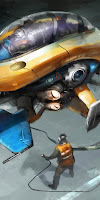




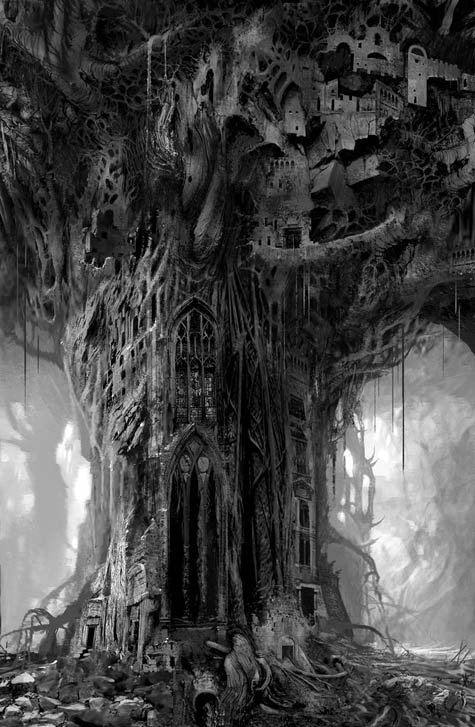 This and all images below are
This and all images below are 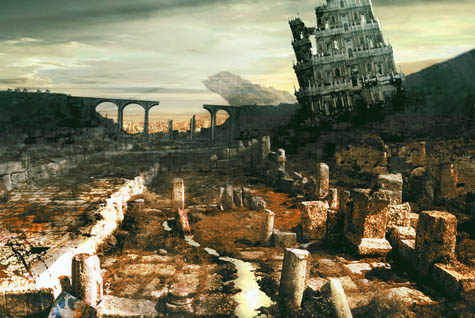

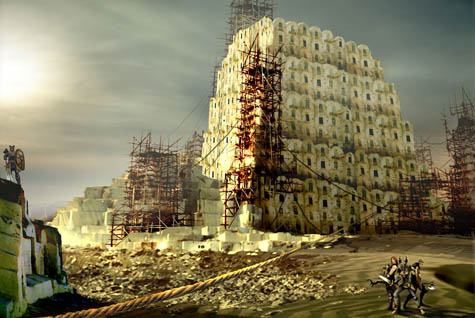
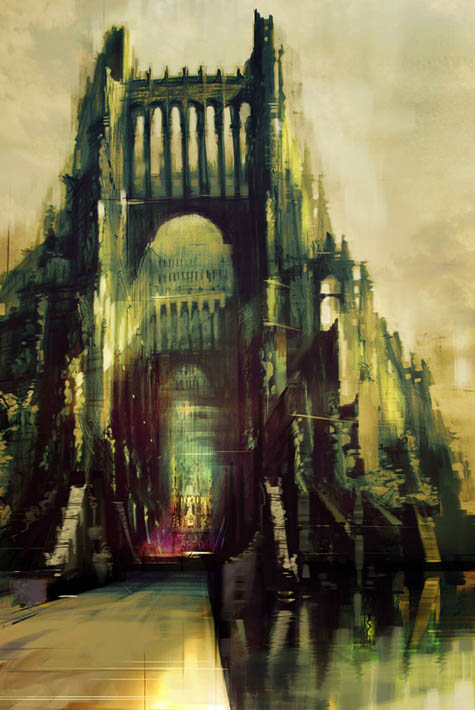 BLDGBLOG
BLDGBLOG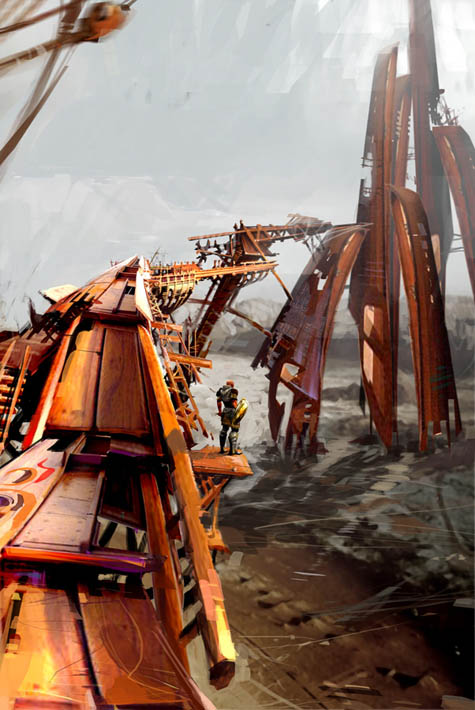

 BLDGBLOG
BLDGBLOG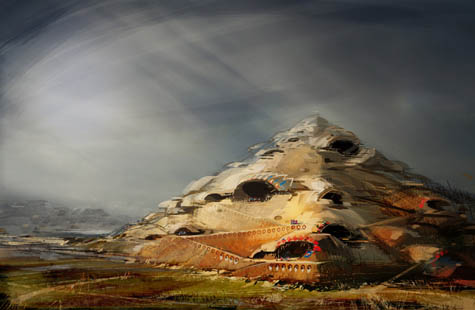 BLDGBLOG
BLDGBLOG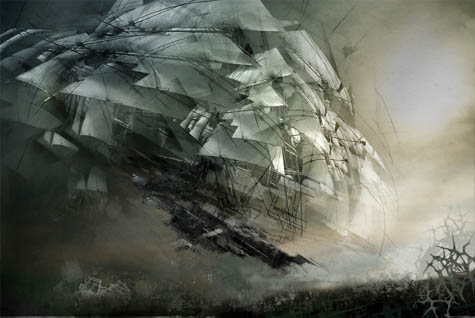
 BLDGBLOG
BLDGBLOG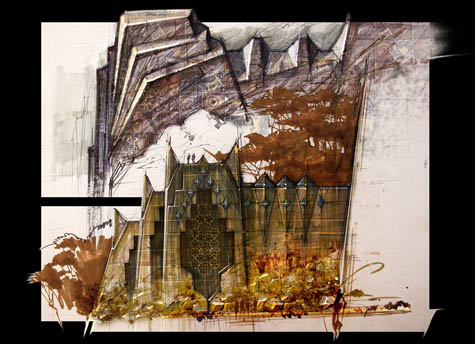 BLDGBLOG
BLDGBLOG
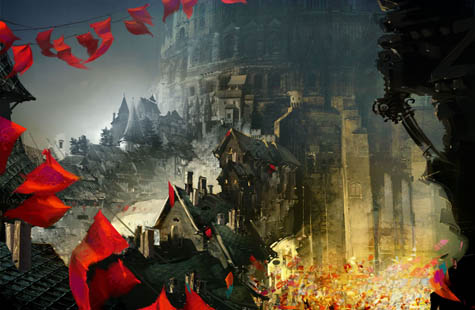
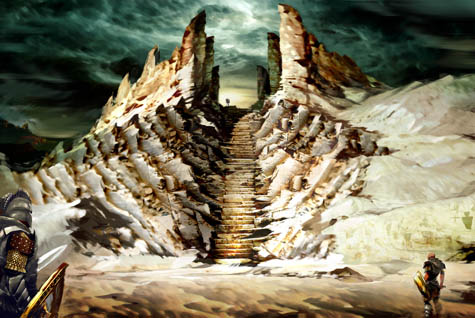
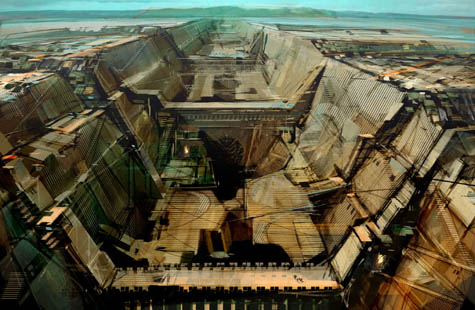

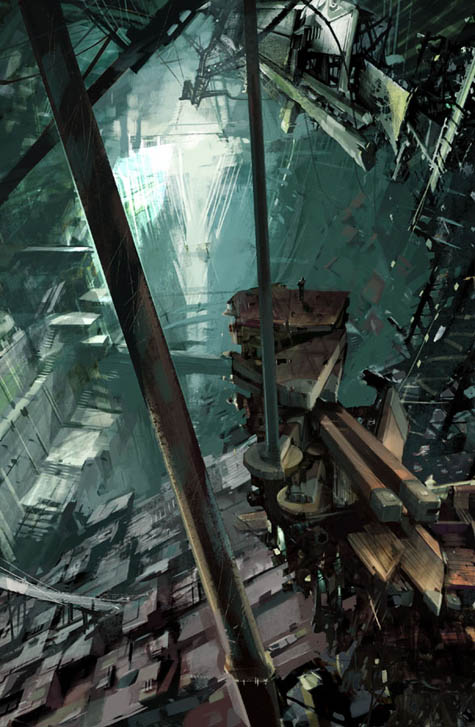 BLDGBLOG
BLDGBLOG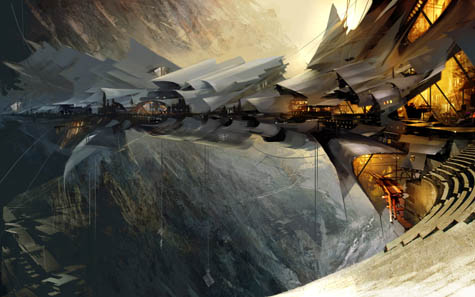 BLDGBLOG
BLDGBLOG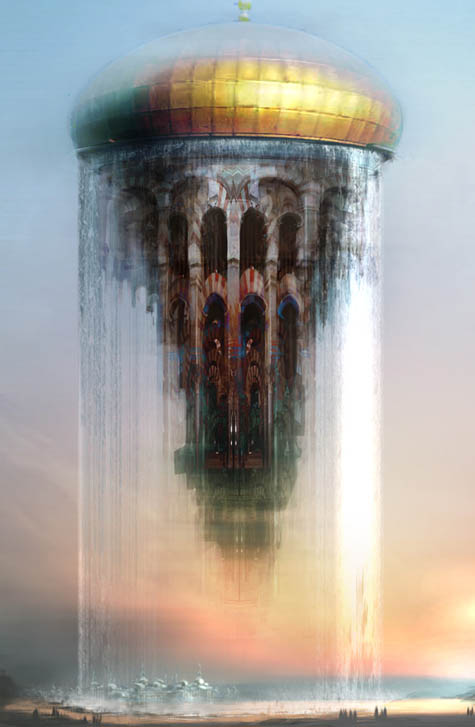 BLDGBLOG
BLDGBLOG BLDGBLOG
BLDGBLOG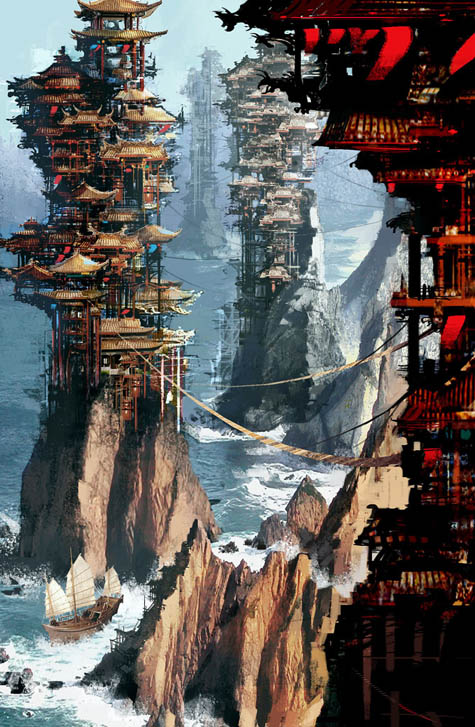 BLDGBLOG
BLDGBLOG